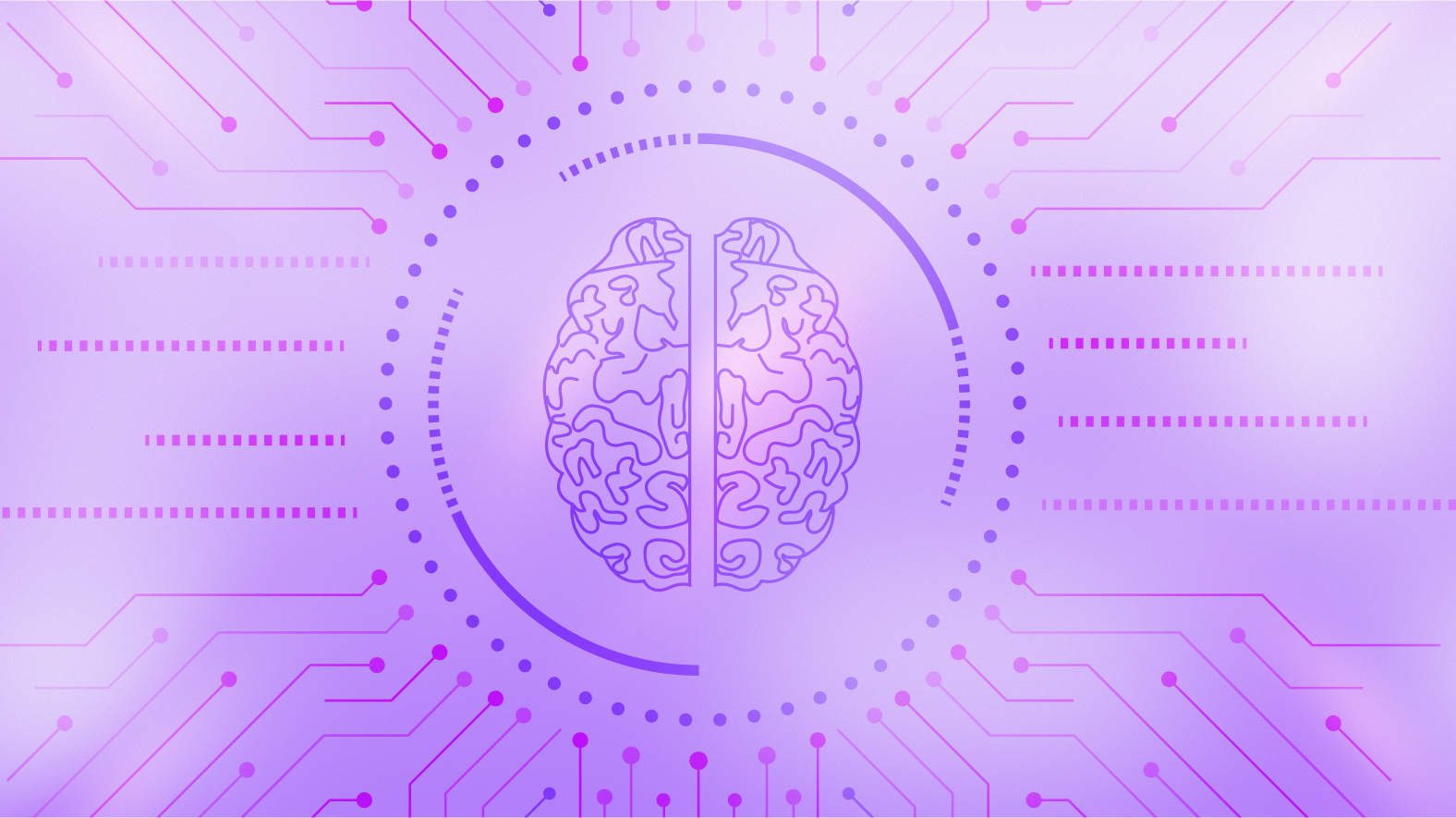Blog > AI Disruption In Orgs, Corporates
The Overlooked Link Between AI and Skills in Today’s Organizations

When it comes to AI, especially Generative AI, most tech CEOs aren’t lacking in ambition. They’re investing in large-scale transformations, rolling out GenAI pilots across departments, and talking fluently about copilots, LLMs, and synthetic data. But in conversation after conversation, there’s a pattern we can’t ignore: CEOs are still treating AI like a tech challenge. And they’re massively underestimating the skills challenge that comes with it.
You don’t build an AI-ready business by hiring a few prompt engineers. Over the last six months, Papiya Banerjee, founder of Ninzarin, has spoken to over two dozen senior leaders across product-first tech companies.
She often starts with a simple question:
“How are you preparing your teams to work differently in an AI-native environment?”
Most responses fall into one of three categories:
- We’ve rolled out training on ChatGPT.
- We’ve set up a GenAI working group.
- We’re hiring for AI-savvy roles in product and engineering.
All great steps but deeply insufficient. Because the shift that’s underway is not just about tools. It’s about how people learn, collaborate, solve problems, and even define value. And that shift isn’t confined to engineering.

The AI shift is horizontal, not vertical
What many CEOs miss is that GenAI isn’t a vertical innovation. It’s not confined to R&D, engineering, or even product. It’s a horizontal force reshaping how every part of the business operates.
From HR to finance to marketing, GenAI is changing what “good work” looks like. It’s introducing new interfaces, flattening hierarchies of knowledge, and demanding that everyone, not just the technical folks learn to work with machines as collaborators. In that context, treating AI as a job function rather than an organizational capability is a category error.
Skills ≠ Skill gaps
Here’s another misconception we see often: CEOs assume the way to “AI-proof” their business is to upskill employees on the latest AI tools. But focusing only on current tools is like teaching people to use floppy disks in the 2000s. The interfaces, platforms, and capabilities are evolving too fast for that to be a winning strategy.
What forward-looking CEOs are doing instead is building adaptive, flexible, skill-powered organizations not just reskilling people for what AI is today, but preparing them for what it will keep becoming.
That means focusing less on “filling skill gaps” and more on creating environments where learning is continuous, experimentation is rewarded, and careers are shaped by evolving capabilities not static titles.
The real AI investment? Culture
The biggest AI unlocks aren’t in software, they’re in mindset.
We’ve seen this across our client work: the companies making the fastest progress aren’t necessarily the ones with the flashiest AI labs. They’re the ones where:
- Cross-functional teams work together to reimagine workflows with AI embedded.
- Employees are encouraged to automate the boring parts of their jobs without fear of replacement.
- Leaders don’t pretend to have all the answers but are transparent about what’s being tested, what’s being learned, and what’s still unknown.
In these companies, culture acts like a multiplier: it amplifies AI’s potential by making space for creativity, collaboration, and continuous reinvention.
CEOs can’t delegate this
Agility struggles in static environments. If workforce skills remain fixed while the world changes, no amount of process redesign will help.
In agile cultures, learning is not an event but a way of life. It does not happen once a year in a training program; it is embedded into everyday work.
Employees are encouraged to reskill, experiment, and rotate across teams. New skills are celebrated as much as new deals. A culture of curiosity takes root, where asking “What else can I learn?” is as common as asking “What is next on the project?”
This is where the skills-over-titles mindset connects with continuous learning. As employees grow beyond their roles, the organization itself becomes more versatile. A team that is constantly learning can pivot without breaking stride.
The culture sends a simple but powerful message: you do not have to be perfect, but you do have to keep evolving.
5. Collaboration That Cuts Across Silos
Perhaps the biggest blind spot we see? CEOs think they can hand off AI-readiness to HR or digital transformation teams. But just like digital transformation a decade ago, this shift requires visible, sustained, and hands-on leadership from the top.
If CEOs want to lead truly AI-native organizations, they must:
>Set a bold vision for what human + AI work could look like in their context
>Articulate a compelling story that connects AI to the company’s values and mission
>Invest in the infrastructure and not just technical but culture that allows the organization to evolve
And they have to do this not as a one-time initiative, but as an ongoing leadership muscle.
So what does an AI-skilled org look like?
At Ninzarin, we think of it like this: The future of work isn’t about replacing people with AI. It’s about replacing repetitive tasks, outdated mental models, and rigid hierarchies, so that people can focus on what only they can do.
In an AI-skilled org:
- Work is increasingly project-based, not role-based
- Skills are surfaced and matched dynamically, not buried in job titles
- Teams are empowered to experiment with AI, not wait for permission
- Learning is a part of work, not a break from it
This is what organizational readiness for AI looks like. Not just tool fluency, but strategic fluidity. Not just tech adoption, but human transformation.
Final word to CEOs: Rethink your org model, not just your tech stack
If you’re a CEO wondering whether your teams are ready for AI, ask yourself:
Can we redeploy skills at speed when the tech shifts again? Are we rewarding learning and experimentation, not just efficiency? Are our people empowered to reshape their own workflows with AI?
If not, your GenAI strategy might be sound but your operating model isn’t. And that’s where the real risk lies.
